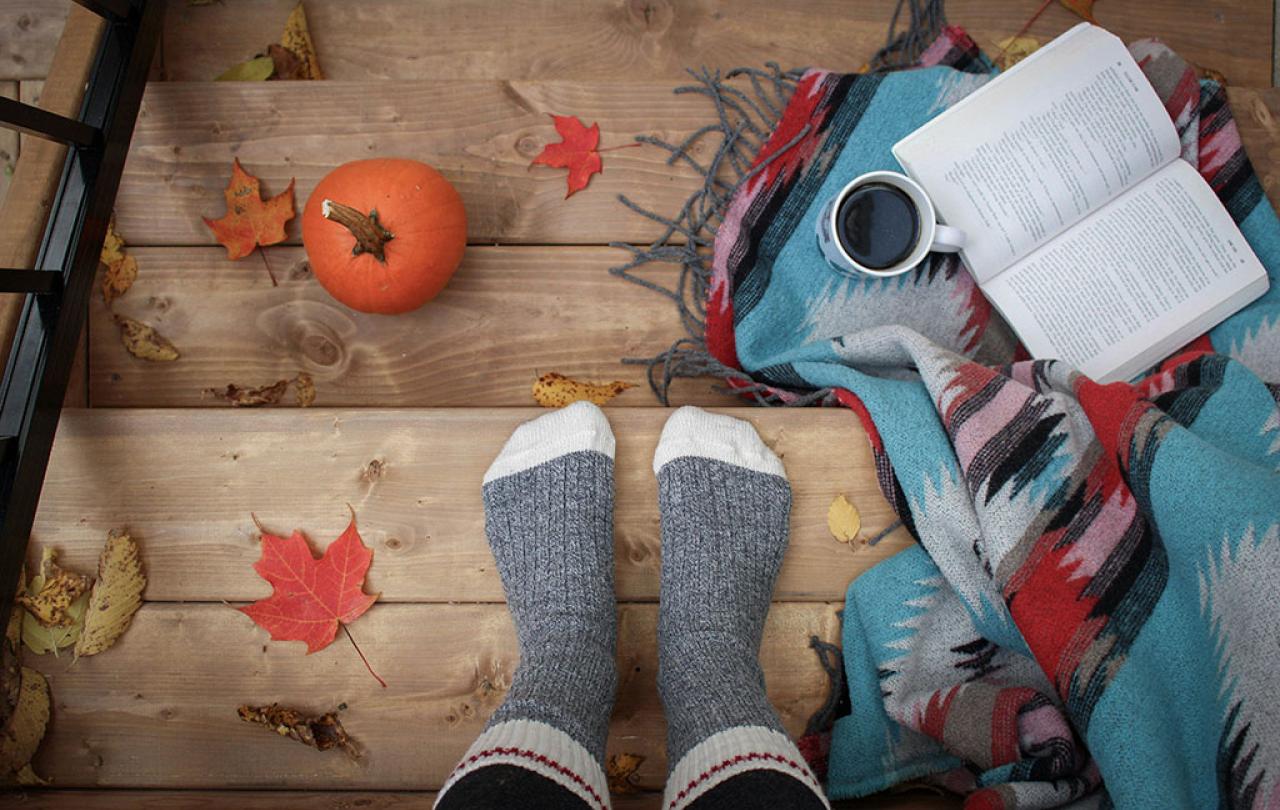Lange trained as a portrait photographer, establishing a successful studio in San Francisco in the 1920s. Her approach to photography as a humane act developed during her work documenting rural poverty in the decade that followed. With it, she drew public attention to the effects of the Great Depression and the dust bowl, and helped to shift the public mood. From 1935, she did that under the auspices of what would soon become the Farm Security Administration. A photograph taken in March 1936 – “Human Erosion in California” (eventually known as “Migrant Mother”) – proved to be her career-defining shot. It shows Florence Owens, mother of ten children, photographed in the pea pickers’ camp in Nipomo, California. She and her family were in a dire situation, constantly moving to find new, transitory work.
In the 1940s, Lange documented the suffering of Japanese Americans during the Second World War (“Japanese American-Owned Grocery Store, March 1942”), not least once Japanese Americans began to be moved into internment camps (“Grandfather and Grandson of Japanese Ancestry at a War Relocation Authority Center, July 1942”). For the rest of her career, Lange would travel to places in the United States that rarely, if ever, feature in genteel conversation, to photograph people scraping through on very little, never failing to capture a sense of their dignity.
So, Lange was a compassionate photographer. I knew that before this show opened, and kindness is there in print after print. I was expecting that. What struck me for the first time is that Lange’s compassion was no light, easily achieved affair. She was careful, prepared, painstaking. She spent extended periods in deprived parts of her country, sometimes travelling for months at a time. She immersed herself in the life of a community, not least in its religious life, rather as an anthropologist would. She took detailed notes, and laboured over how to describe her subjects in captions and accompanying prose.
It is too easy to say that Lange was compassionate in way in which Arbus was not: too easy, if that implies that the fruits of her compassion were easily achieved. Lange could not have produced the photographs she did, however compassionate she might have been, without time, care, and attention.







